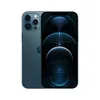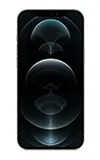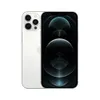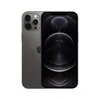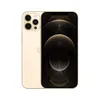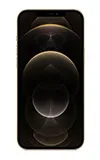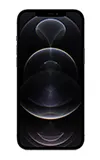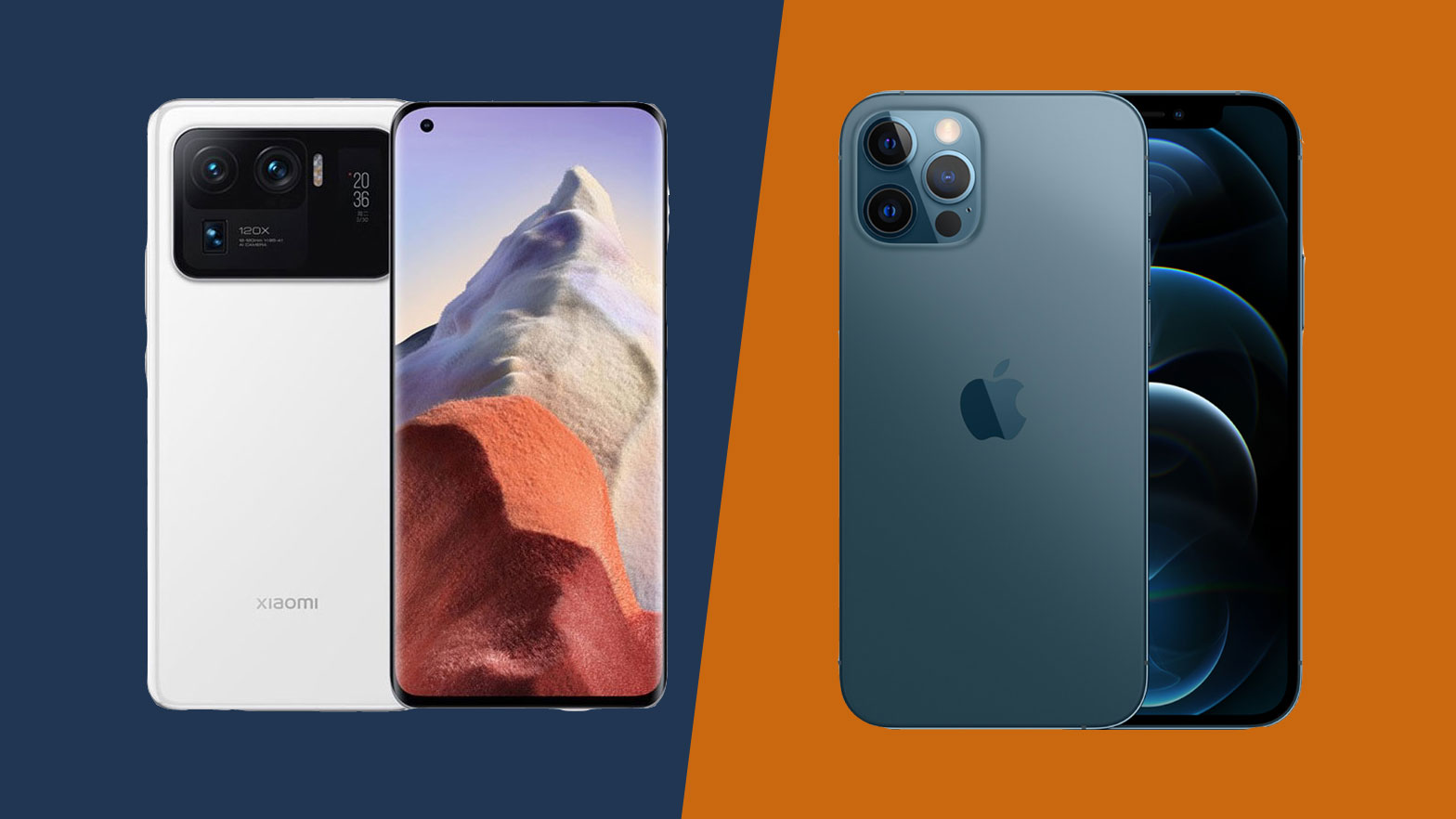
Xiaomi Mi 11 Ultra or iPhone 12 Pro Max? As first-world problems go, choosing which of these super-expensive luxury flagship phones to buy has to be one of the least consequential.
But that doesn’t change the fact that it’s a darned tricky decision to make. Here’s why: no modern mainstream phone costing upwards of $1,000 / £1,000 is a bad or even a mediocre choice.
The biggest manufacturers in the business are simply too good at this game by now, and that includes Apple and Xiaomi. Thankfully, we’re here to talk you through your top-end smartphone options.
Xiaomi Mi 11 Ultra vs iPhone 12 Pro Max price and availability
The Xiaomi Mi 11 Ultra hit shops on April 2, 2021. Prices start from £1,199 / AU$1,799 (around $1,600) for 256GB of storage.
If you’re wondering why we’re only giving a US dollar estimate, that’s because Xiaomi doesn’t sell its mainline phones in the States. Which makes this particular either/or decision rather easy for a large chunk of our readership, unless you’re willing to go the import route.
In the opposite corner, the iPhone 12 Pro Max arrived on November 13, 2020, with prices starting at $1,099 / £1,099 / AU$1,849 for 128GB of storage. You’ll need to spend $1,199 / £1,199 / AU$2,019 to double your storage to 256GB, and $1,399 / £1,399 / AU$2,369 for 512GB.
Like for like, then, these are two similarly priced phones. So what do you get for your money?
Get daily insight, inspiration and deals in your inbox
Sign up for breaking news, reviews, opinion, top tech deals, and more.
Design
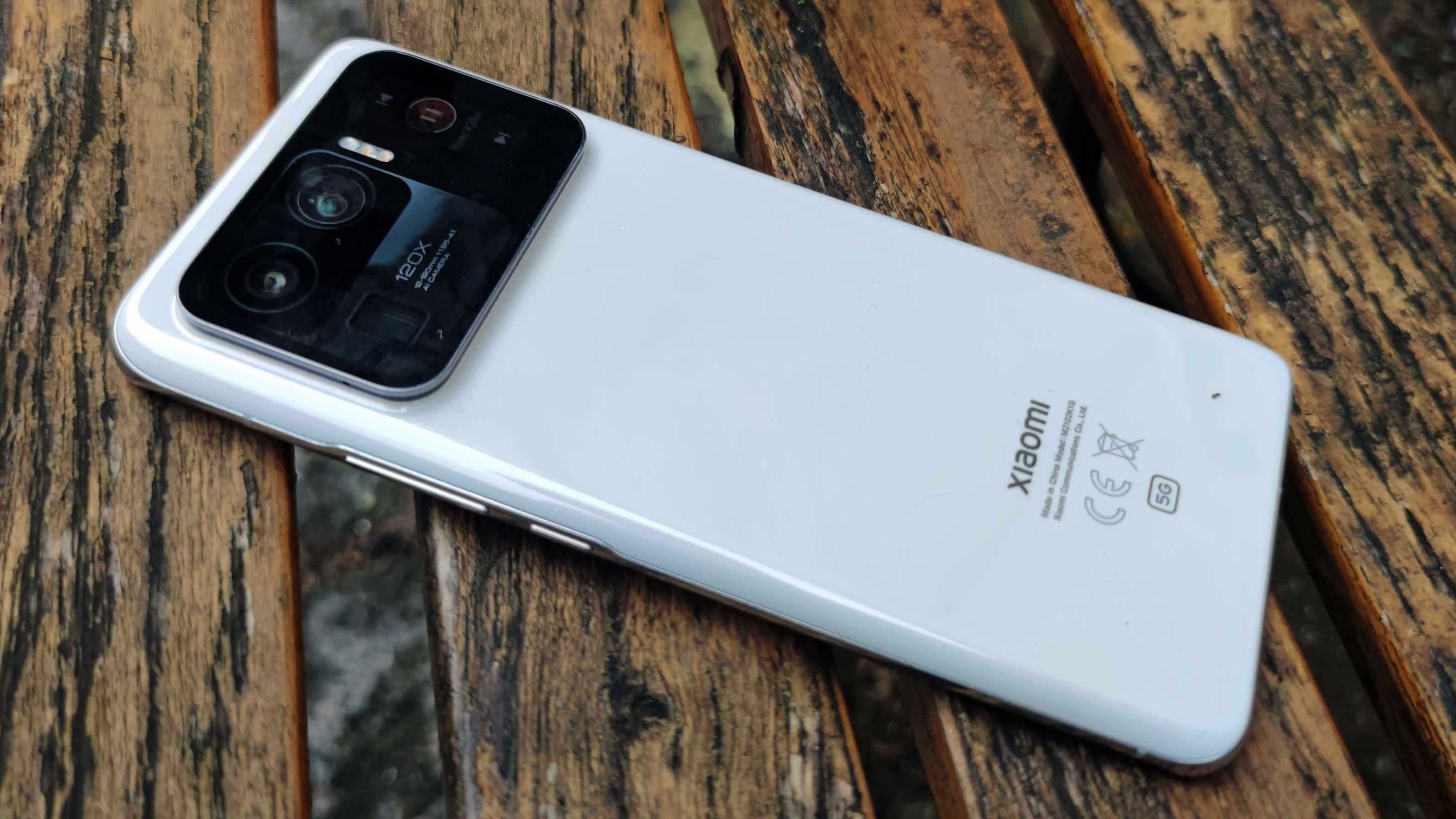
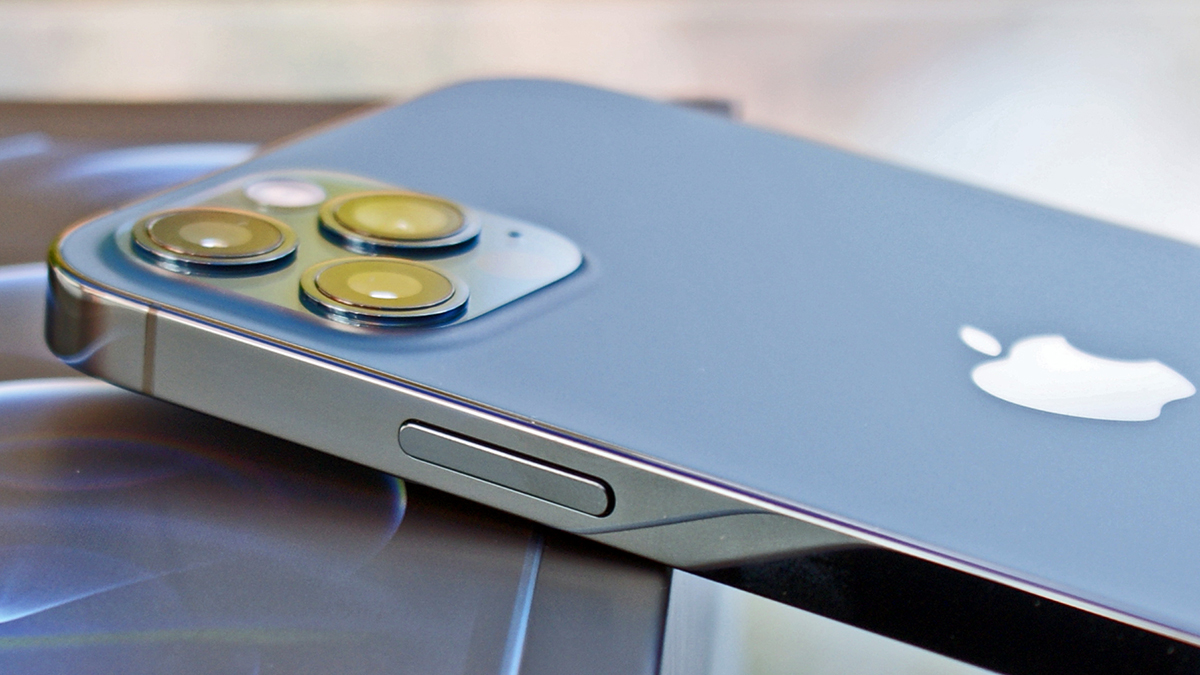
We weren’t too flattering about the Xiaomi Mi 11 Ultra’s design in our review. Compared to other super-phones like the iPhone 12 Pro Max, it’s a little gauche and unwieldy.
Which might seem like a strangely statement when you first set eyes on its curvy display and its ceramic rear panel in sober shades of either black or white. It’s quite the classy customer from so many angles.
Our main bugbear is the Xiaomi’s frankly ridiculous camera module, which essentially eats up the entire top third of the rear of the phone. It also juts out significantly, extending the 8.4mm-thick body (a whole millimetre thicker than the iPhone 12 Pro Max) to somewhere over the 10mm mark.
Our reviewer found the phone difficult to fit into some of their trouser pockets, and had to resort to carting it around in their backpack on certain occasions.
Not that the iPhone 12 Pro Max is what you’d call 'wieldy', exactly. At 160.8 x 78.1mm, it’s several millimetres shorter yet also several millimetres wider than the 164.3 x 74.6mm Xiaomi Mi 11 Ultra.
They’re both unusually heavy, too, with the iPhone 12 Pro Max weighing in at 228g and the Xiaomi Mi 11 Ultra busting the scales at 234g. Whatever that $1,199 / £1,199 is buying you, it ain’t subtlety.
Size aside, though, the iPhone 12 Pro Max has a much more considered design than its rival. It still makes a statement with its perfectly flat edges (here made of high grade stainless steel) and Graphite, Gold, Silver and Pacific Blue finishes, but it’s an almost wholly positive one.
And while the camera module is more prominent than in any previous iPhone, it doesn’t bulge out to anything like the same degree as the Xiaomi Mi 11 Ultra’s.
While the Xiaomi features ceramic in its rear section, the iPhone 12 Pro Max packs a Ceramic Shield up front. This is the name Apple gives to its new toughened screen material, which is purportedly four times stronger than rival efforts.
While both phones have an IP68 rating, Apple goes the extra mile with water resistance up to 6m rather than the usual 1.5m.
Display
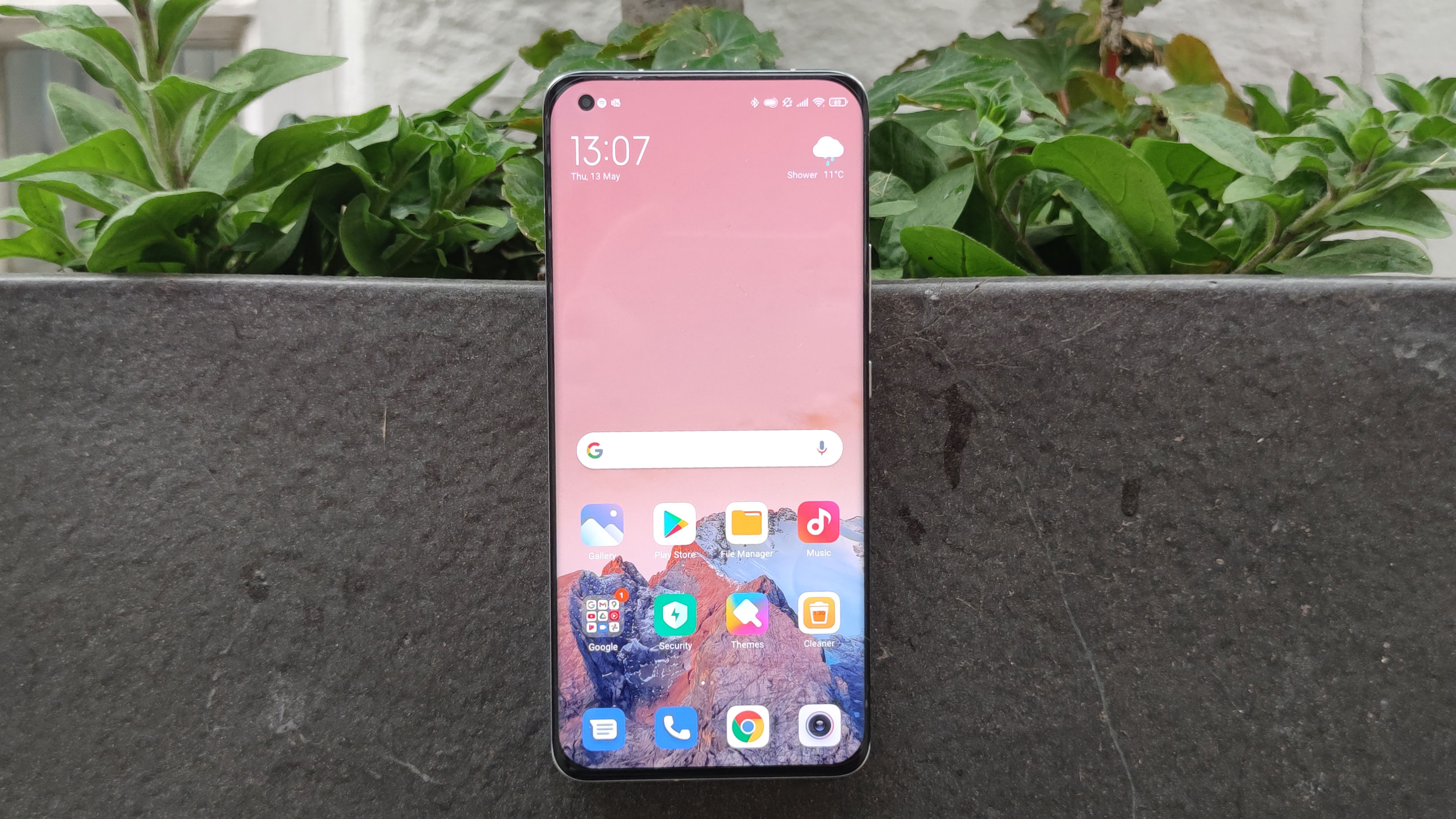
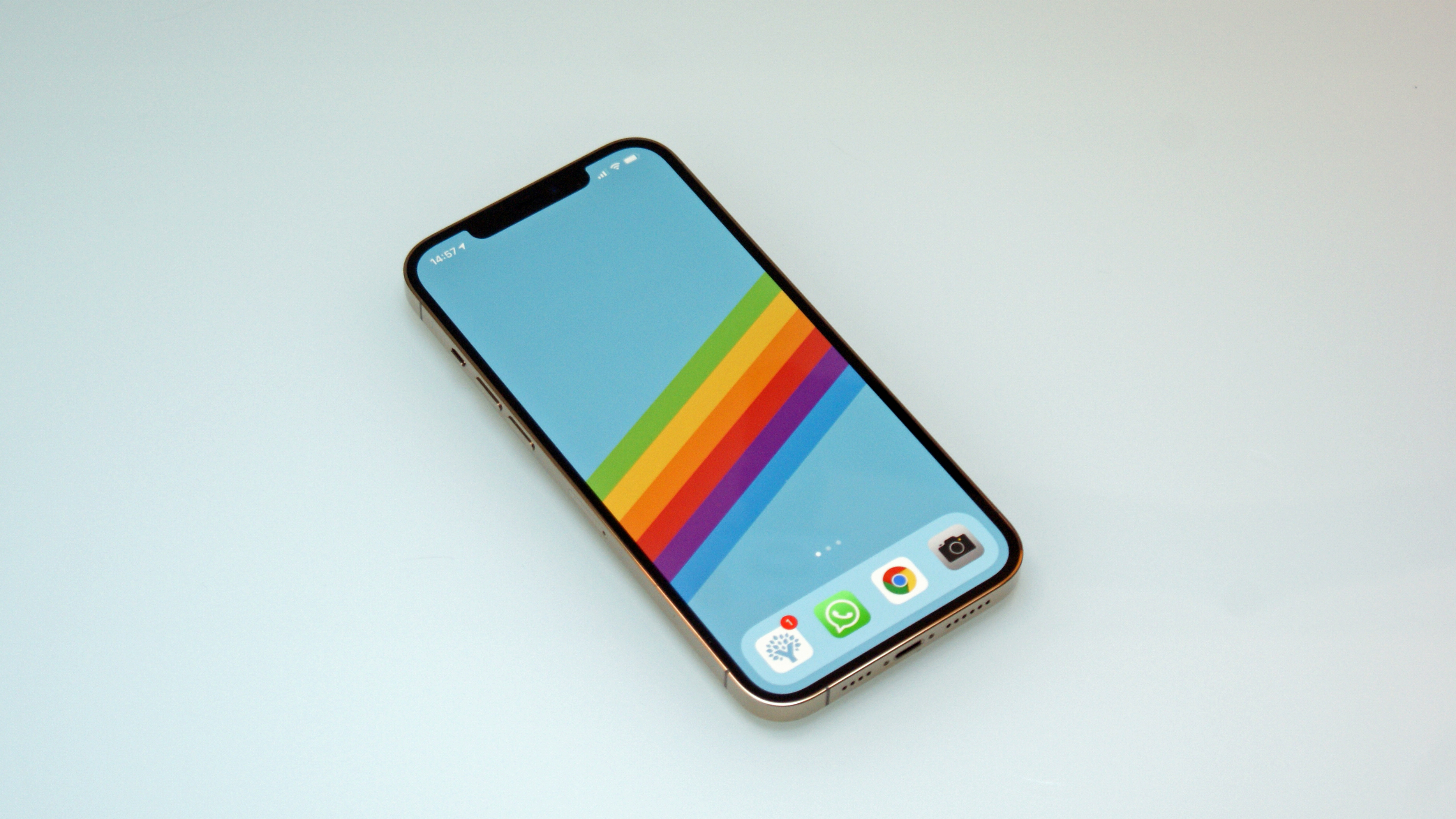
Perhaps the biggest point in favor of the Xiaomi Mi 11 Ultra is its display. This 6.81-inch 120Hz AMOLED screen, complete with 1440 x 3200 resolution and 120Hz refresh rate, is one of the very best in the business.
By contrast, the iPhone 12’s still very fine 6.7-inch Super Retina XDR OLED almost looks like a second tier component. Sure, the color accuracy is on point in Apple’s phone, but a lower resolution of 1284 x 2778 and a mere 60Hz refresh rate mean that its picture is less sharp and half as fluid as the Xiaomi’s.
That Xiaomi display also gets significantly brighter, with a peak figure of 1700 nits in very sunny conditions. The iPhone 12 Pro Max screen doesn’t disgrace itself on 1200 nits by any means, but the numbers don’t lie.
Only the Xiaomi Mi 11 Ultra display incorporates an in-display fingerprint sensor, but in truth is not the most reliable example we’ve ever come across. Apple’s Touch ID system could certainly teach it a thing or two in terms of reliability.
Of course, Touch ID is no longer part of the iPhone set-up. Instead you have to rely on Face ID, which is stashed within a prominent (some would say distractingly so) notch. It remains a very fast and secure biometric authentication method, if a somewhat flawed one in this time of compulsory mask wearing.
Back to the subject of screen technology, and the Mi 11 Ultra includes an intriguing secondary 1.1-inch display on the back of the device. In regular usage it functions as an always-on display showing the time and battery level. It can also act as a camera viewfinder, turning the phone’s impressive main camera into the best selfie cam ever - if you can squint sufficiently to make out your tiny likeness, that is.
Elsewhere the secondary display comes somewhat unstuck with its music app controls, which are rather too prone to accidental touches. All in all it’s an interesting if rather ill-considered experiment.
Camera
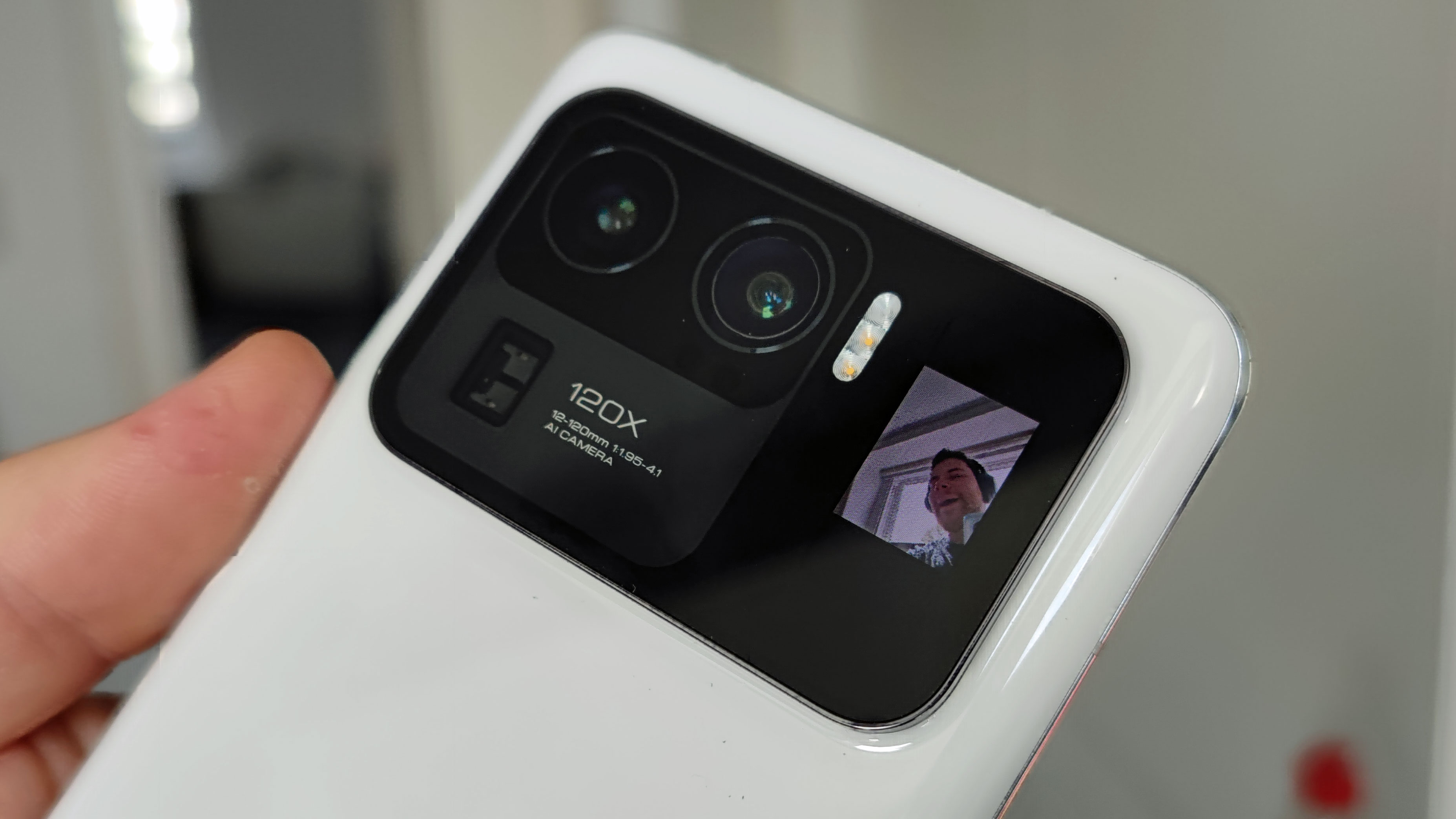
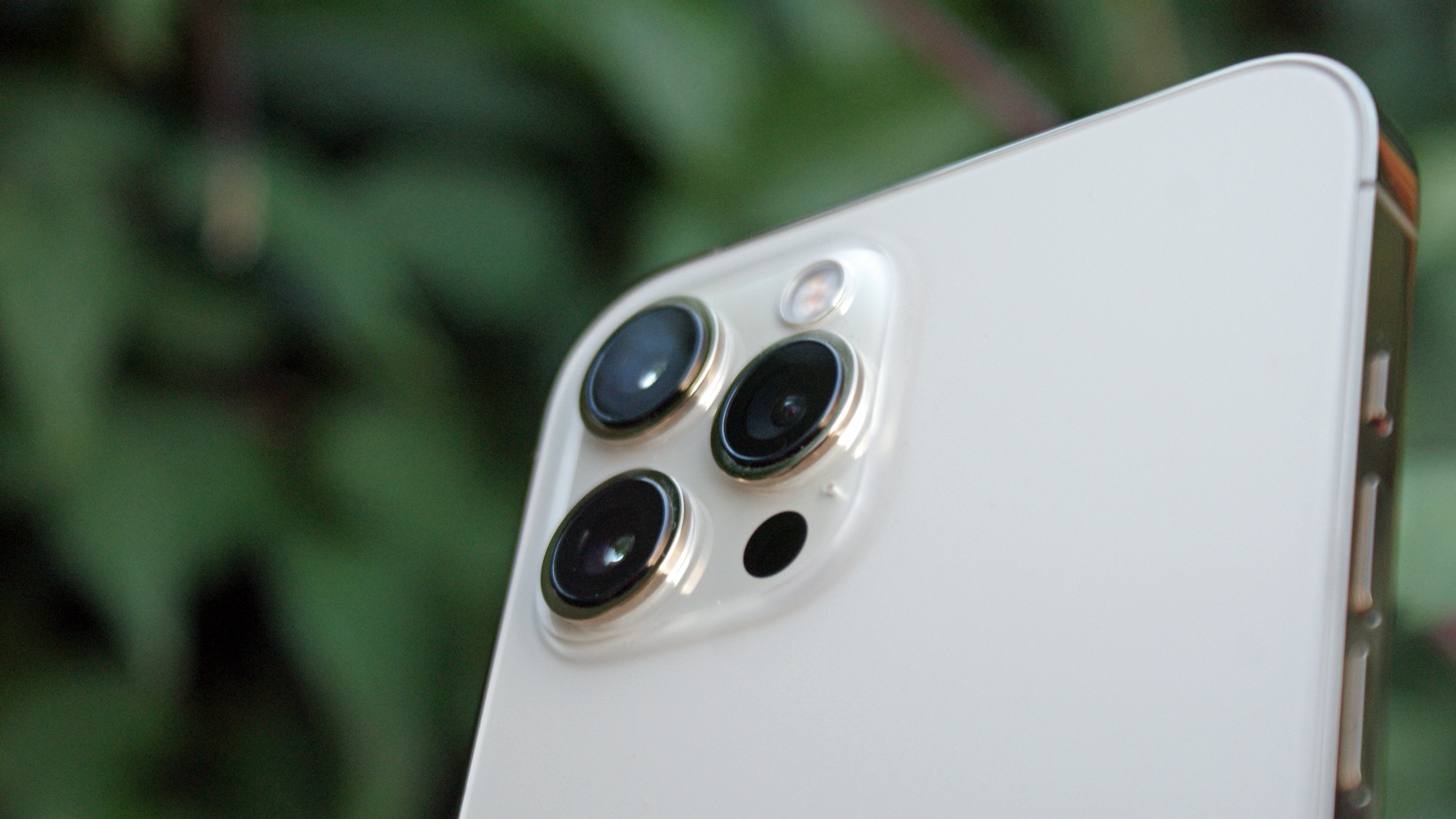
As always with phones in this price range, it’s the advanced camera systems that lead the way.
In the Xiaomi Mi 11 Ultra you’re getting one of the largest main image sensors we’ve ever seen in a smartphone. It’s almost the same size as the best point-and-shoot cameras on the market, like the Sony RX100 family.
Xiaomi has resisted the temptation to pack in the pixels to Samsung levels, though at 50MP it's still way more densely stacked than the 12MP iPhone 12 Pro Max sensor. Incidentally, Apple has also upped the size of its main sensor significantly, with a 47% bump over the other iPhone 12 phones. It means that both of these phones suck in plenty of light.
Unsurprisingly, both main cameras yield fine results when it comes to detail and dynamic range, though we’d give Apple’s refined color science and more predictable point and shoot performance the nod. The phone’s f/1.6 aperture further hopes pull in plenty of light, while a LiDAR sensor helps lock on to subjects super-fast, even in low lighting.
Indeed, the iPhone 12 Pro Max is the king of this low light scene - albeit frequently contested - with Apple’s Night mode the benchmark for much of the industry.
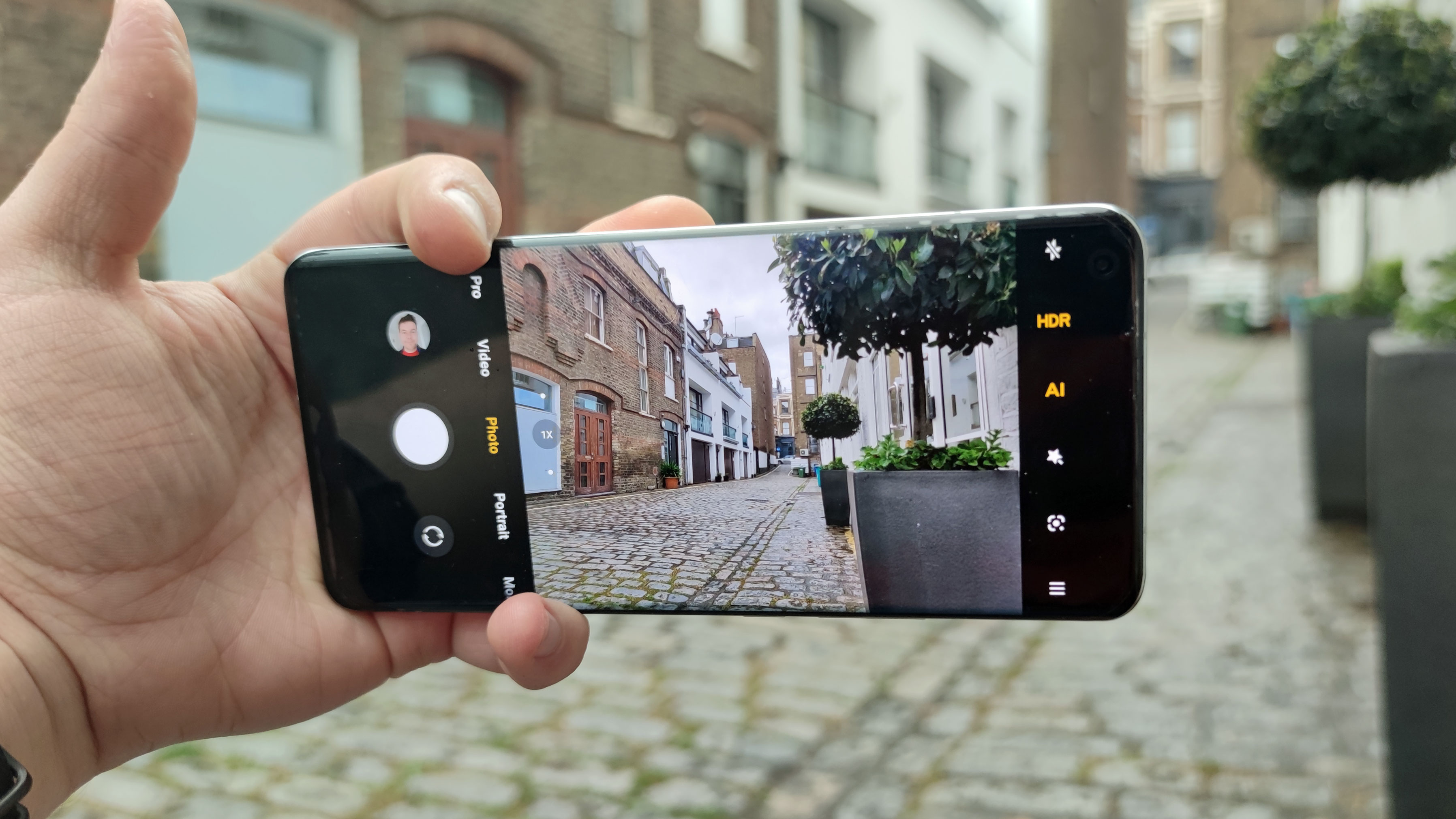
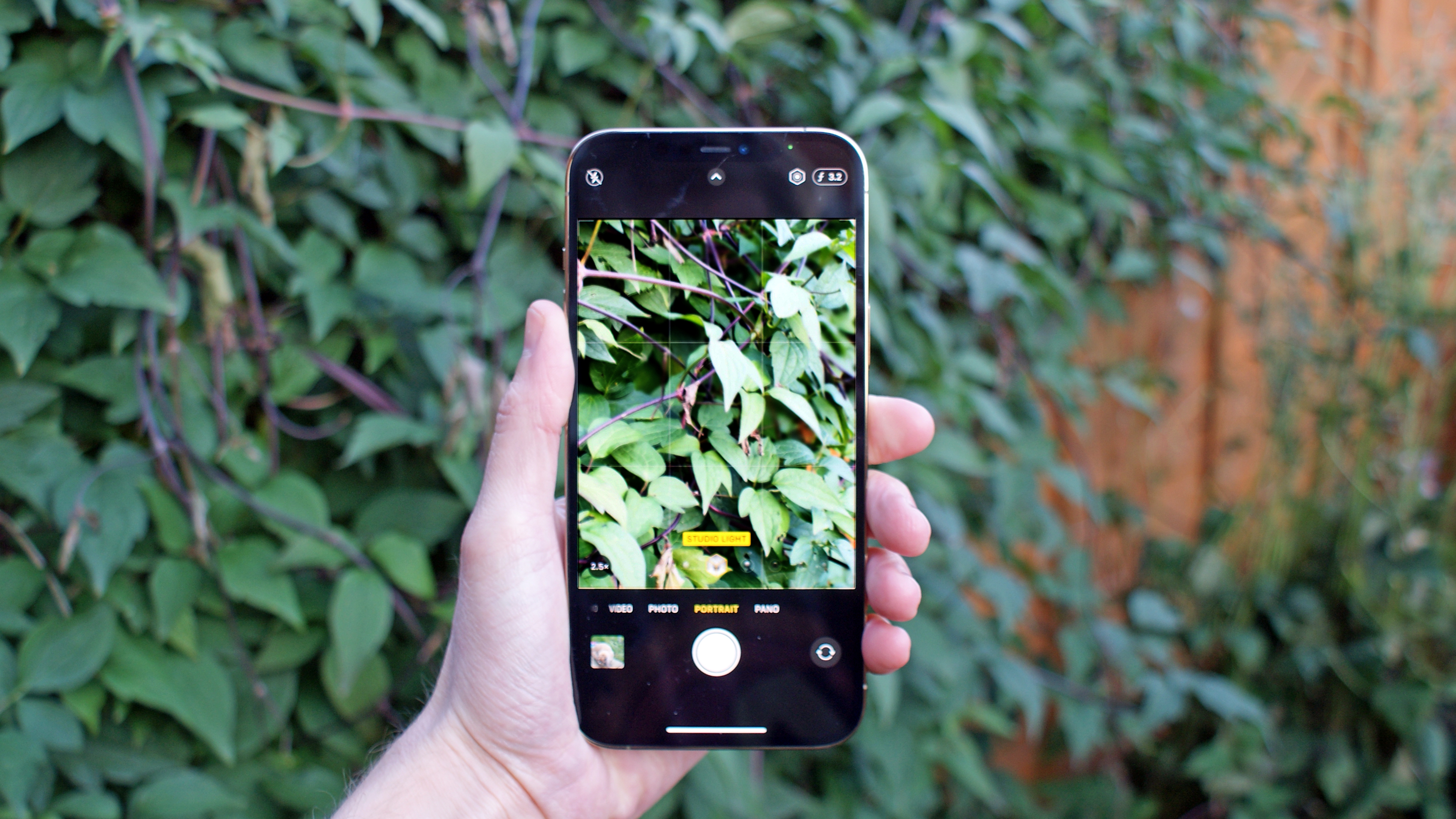
We’re not great fans of the Xiaomi Mi 11 Ultra’s 48MP ultra-wide sensor. There are noticeable distortions at the edge of the pictures we took in this mode. By contrast, the iPhone 12 Pro Max’s 12MP ultrawide produces pleasingly clean and balanced shots.
The Xiaomi Mi 11 Ultra packs a much more extensive zoom game, however. With a 48MP 5x periscope lens, it simply gets closer to far-off subjects than the iPhone 12 Pro Max and its 12MP 2.5x equivalent.
Still, Xiaomi nearly spoils this good work with a dubious claim of 120x zoomed shots. Sure, you can achieve such shots through heavy cropping, but they look like garbage.
When it comes to selfie shots, the Xiaomi goes with a 20MP unit while the iPhone goes with - you guessed it - another 12MP snapper. We’d probably give the iPhone the edge on image quality, but remember that secondary display on the Mi 11 Ultra. It opens up the possibility of the best selfie snaps ever, if you don’t mind the requisite finger-gymnastics.
On the video front, the Xiaomi can capture 8K at 24fps or 4K up to 60fps, while the iPhone can only achieve the latter. But while the video shot on the Mi 11 Ultra was very good indeed, Apple continues to rule the mobile video roost.
Overall, then, we’d give the iPhone 12 Pro Max a win in the camera category. While both phones can take great shots with their main cameras, the iPhone 12 Pro Max is a more balanced all-rounder. The notable exception comes with zoomed-in shots, where the Mi 11 Ultra’s periscope lens gets you much closer to the action.
Specs and performance
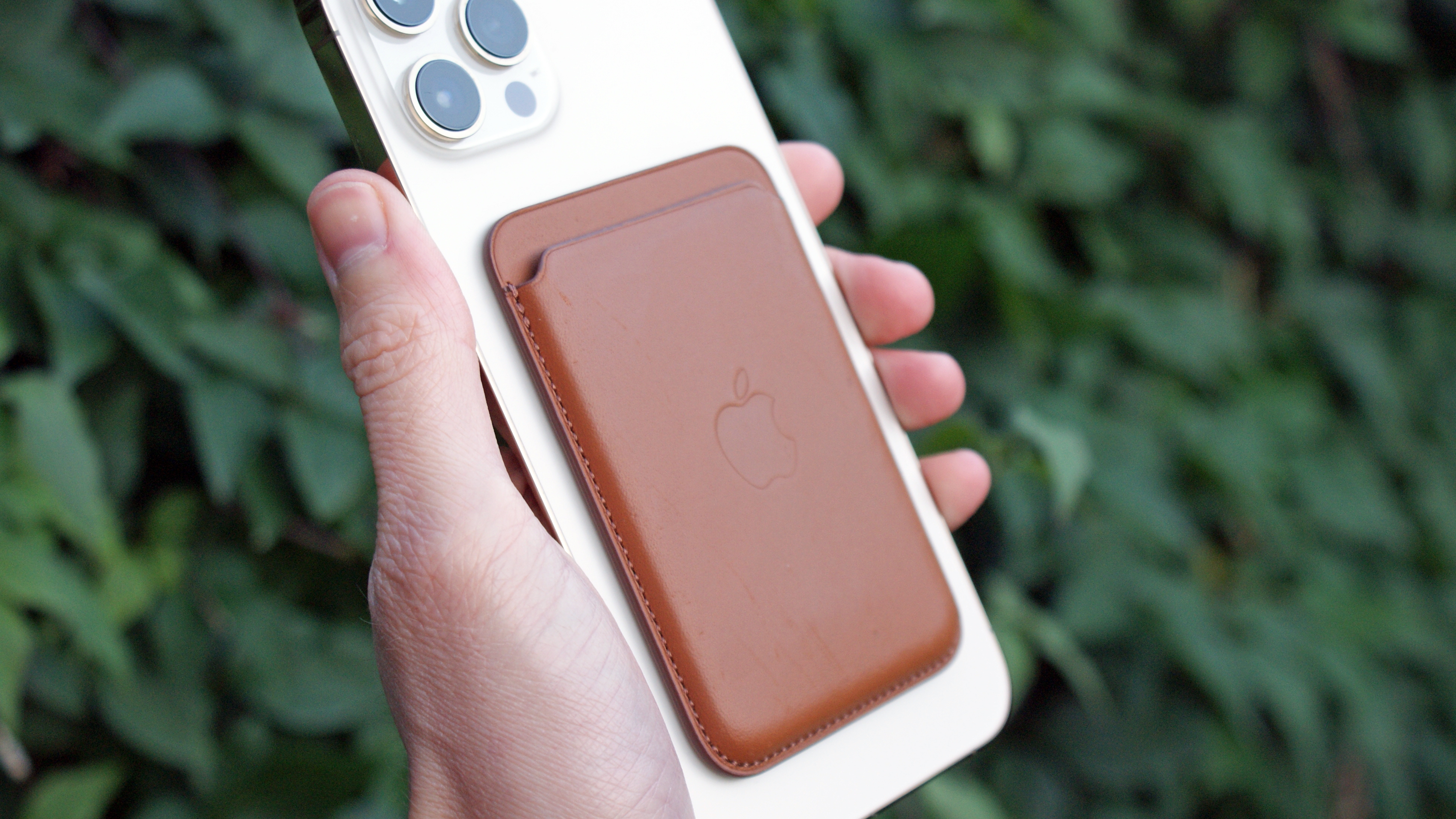
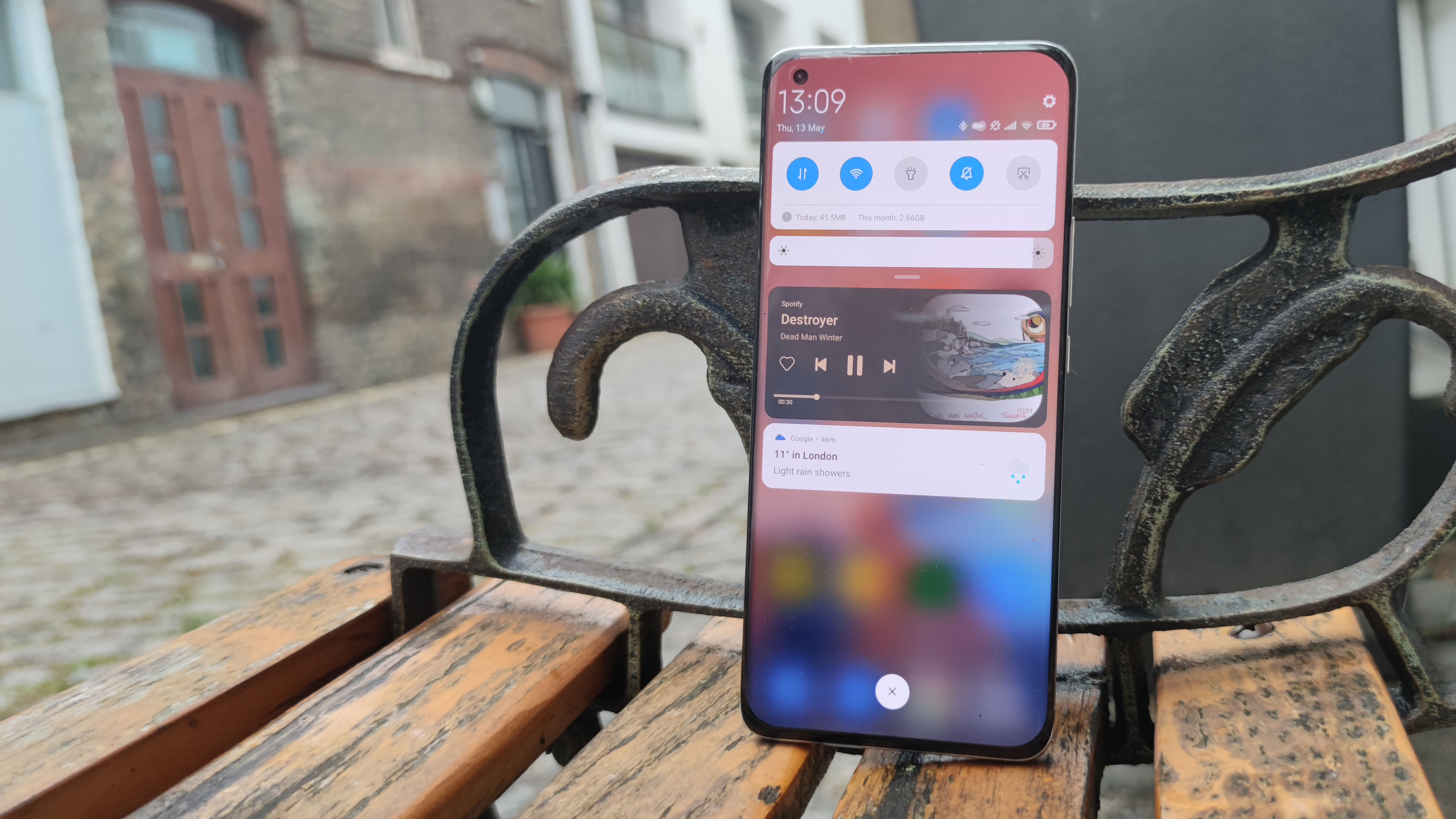
Both of these phones use the best silicon available to them. And as always, Apple has access to faster hardware.
The iPhone 12 Pro Max packs Apple’s A14 Bionic SoC, which is as fast as mobile processors come right now. It might be backed by 6GB of RAM - literally half that of the Xiaomi - but that’s more a reflection of Android’s memory-hungry nature compared to iOS.
Conversely, the Xiaomi Mi 11 Ultra is driven by Qualcomm’s Snapdragon 888 processor, which is the standard for Android flagship phones in 2021.
In comparative terms, both of these phones will run day to day tasks flat out, and the latest 3D games at the highest possible settings. Complicating things further is the Mi 11 Ultra’s 120Hz display, which places a greater strain on its processor than the iPhone’s 60Hz display does on its own chip.
Running the CPU-focused Geekbench 5 shows that the iPhone 12 Pro Max scores 4106 on multicore, compared to the Xiaomi Mi 11 Ultra’s 3519. It’s a comfortable 15 to 20% lead for the Apple device, and there are similar gains with the A14’s GPU component.
Fundamentally speaking, though, these are two very fast phones that can do everything you ask of them. We did pick up a slight issue with the Xiaomi Mi 11 Ultra’s performance, however. Running Geekbench 5 multiple times in a row, we found, would see a precipitous drop off in the results as the phone got noticeably hot.
The phone may have some thermal performance issues, then, which gamers and power users should be aware of.
Another way in which we give the iPhone 12 Pro Max the edge is when it comes to software. Apple’s iOS might be more locked down and less customisable than MIUI, but Xiaomi’s Android 11 skin also makes things altogether busier and buggier.
The level of bloatware is also a bit of a downer in the Xiaomi device, with a few too many extraneous apps and unwanted intrusions. MIUI is a lot better than it used to be, but we’ve seen Android done better.
Battery life
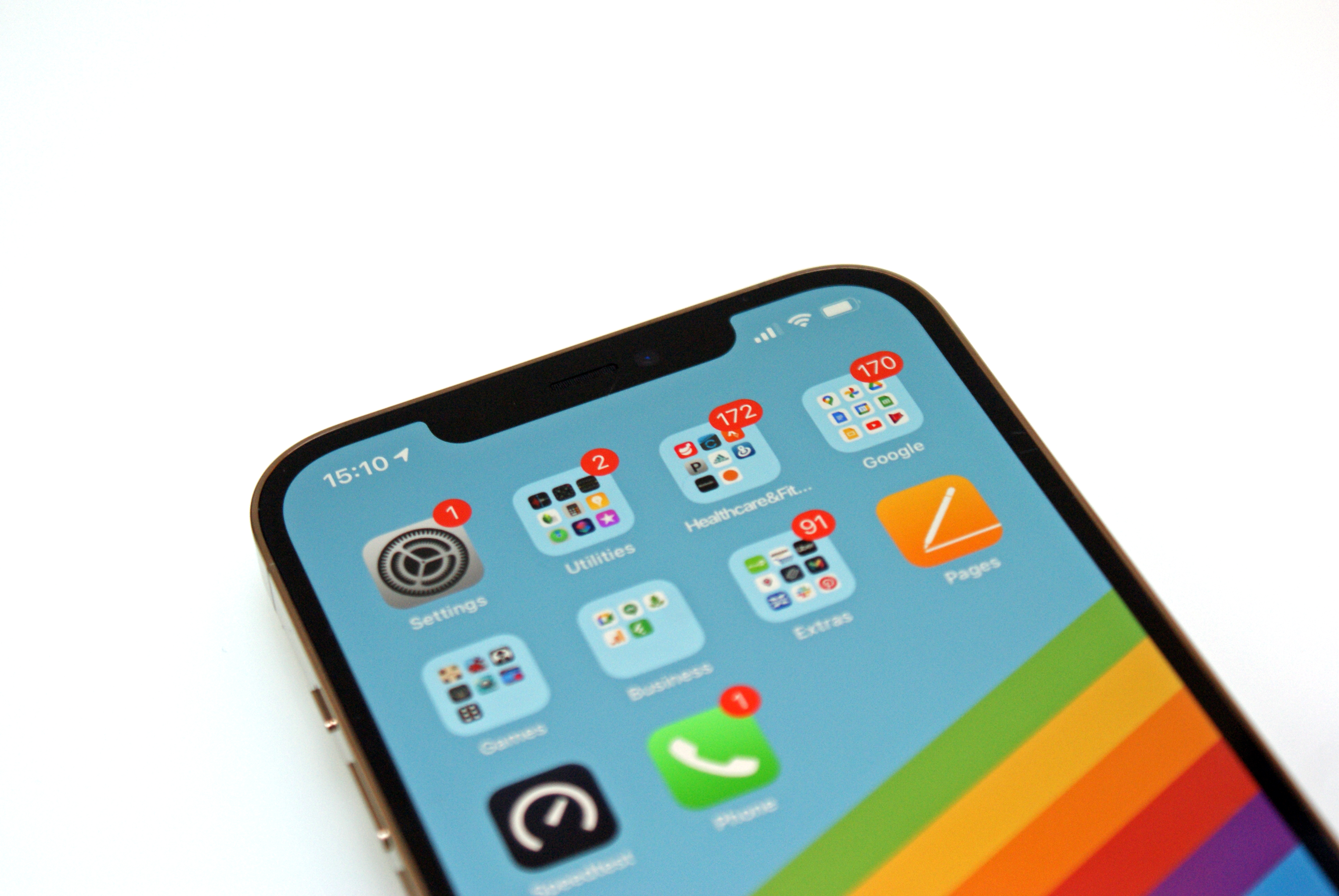
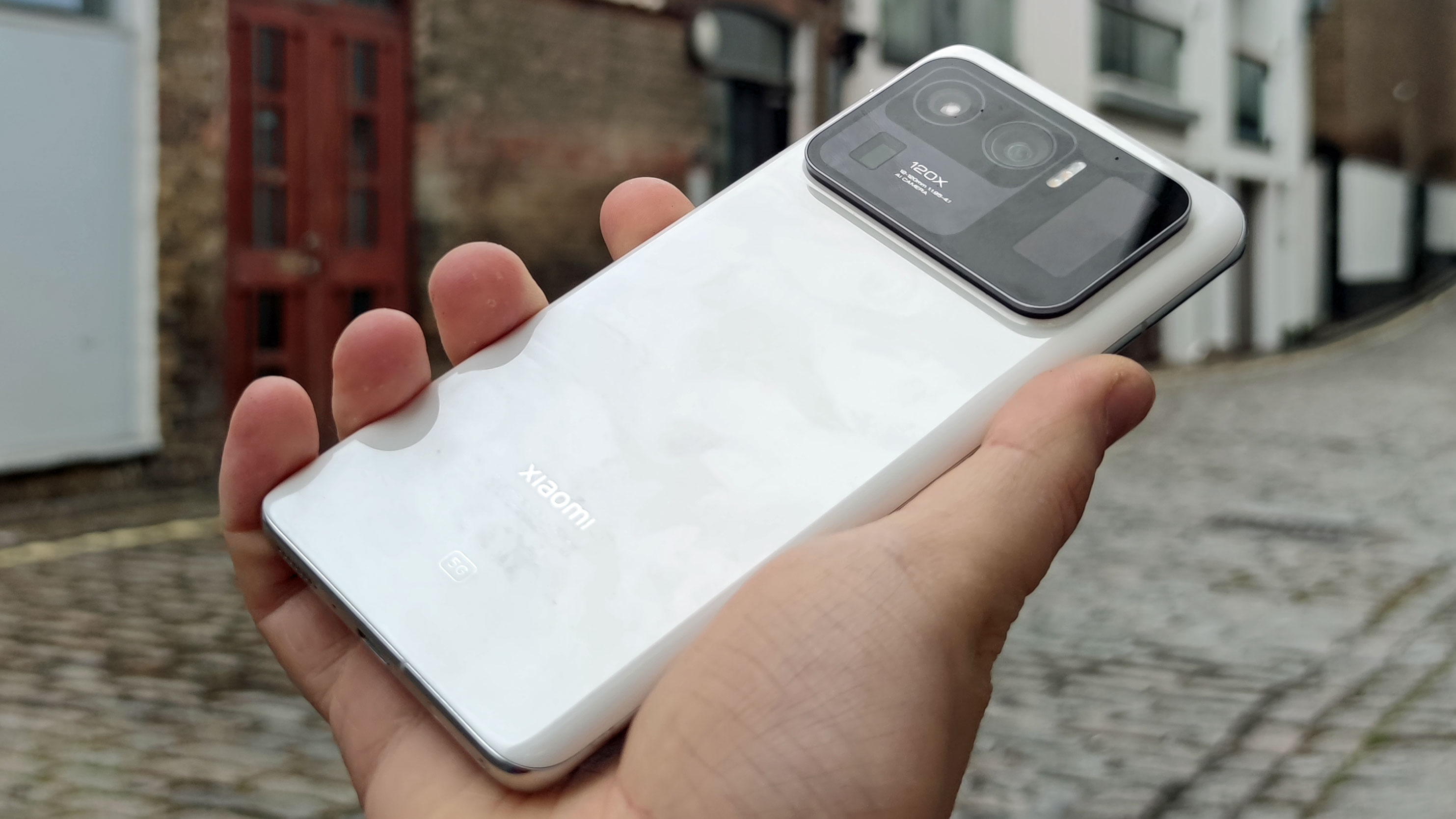
The Xiaomi Mi 11 Ultra features a massive 5,000 mAh battery. Which, given such a bright, sharp, and rapid display, is pretty much essential.
Despite the size of that battery, you won’t get much further than a full day of usage out of the Mi 11 Ultra. Indeed, we only managed to get all the way to bed time on less intensive days, and then we were left with only 10 to 20% left in the tank. More moderate days would require a brief top-up.
That aforementioned tendency to overheat tended to sap the battery life quite a bit, so we have to repeat that warning to gamers and power users.
The iPhone 12 Pro Max packs in a much smaller 3687 mAh cell. But iOS is generally known to be a more energy-efficient OS, and of course the phone’s display isn’t anywhere near as bright, sharp, or fluid.
All of this combined explains why we were able to get through a full day of moderate to heavy usage across mobile networks of varying strength and quality without running out of power. Even days where we really pushed it hard carried us through from an early morning start to 7:30pm.
Of course, 5G hits the battery harder, but the same is true of the Xiaomi Mi 11 Ultra - and every other 5G-ready phone on the market, for that matter.
If the iPhone 12 Pro Max has the edge on stamina, then the Xiaomi Mi 11 Ultra wins back some points when it comes to recharging. It comes bundled with an impressively rapid 67W charger, capable of getting you from empty to full in just over half an hour.
The iPhone 12 Pro Max, by contrast, doesn’t include a power brick of any sort. And when you go shopping for a new one, the fastest it supports is 20W.
Xiaomi’s phone also supports up to 67W wireless charging, while Apple’s only stretches to 15W.
Takeaway
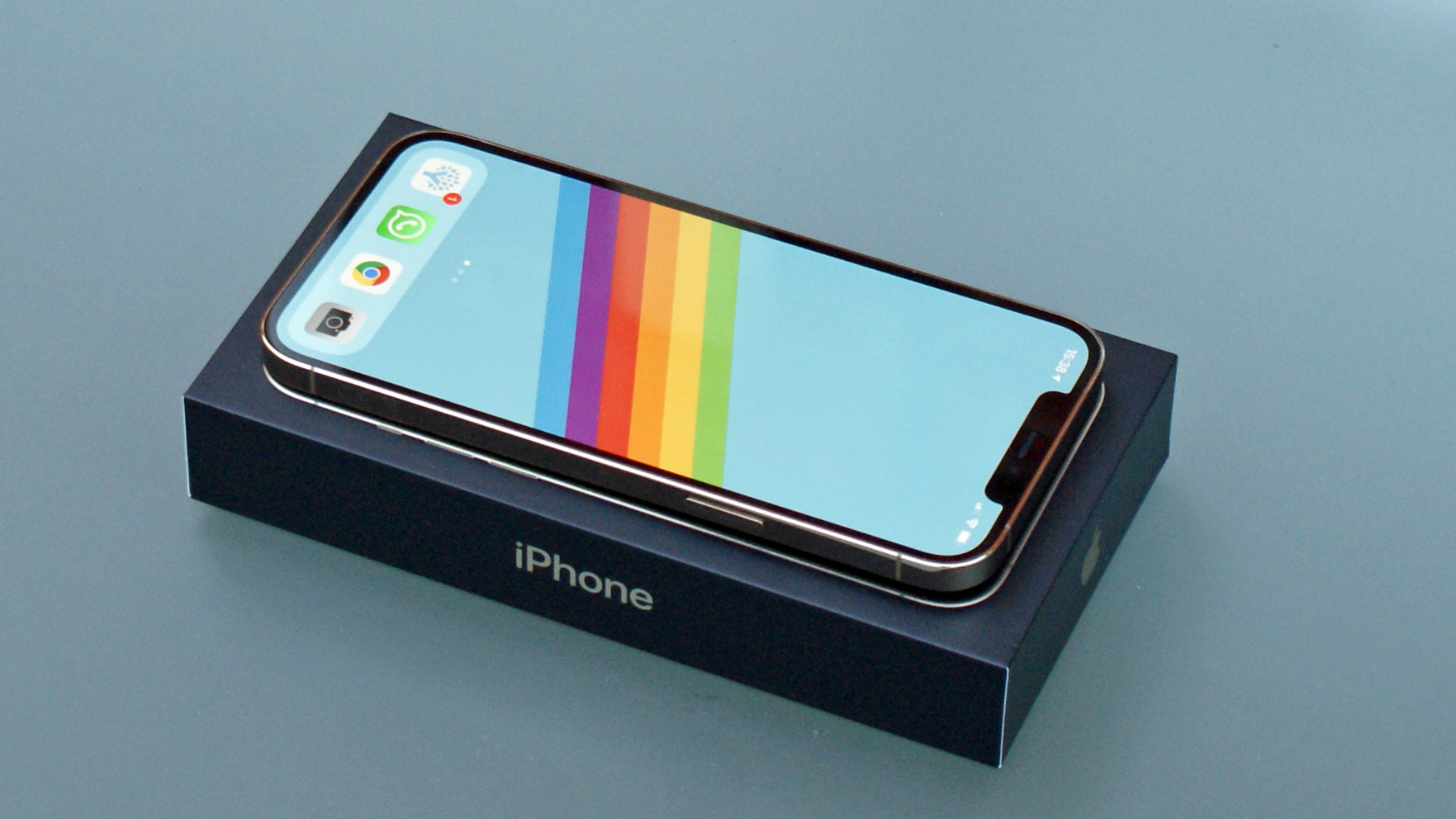
Both of these phones live up to their premium flagship tag, but it’s the iPhone 12 Pro Max that feels like the better buy of the two.
Its design is both classier and more practical, its performance more assured, and Apple’s software feels more at peace with its hardware. Meanwhile, the iPhone 12 Pro Max’s battery life is better able to stand up to a day of intensive usage.
This isn’t a one-sided victory by any means. The Xiaomi Mi 11 Ultra’s bright and fluid display is on another level entirely, while its camera’s zoom capabilities are a decidedly premium feature that the iPhone lacks.
But at this level of expenditure, we expect an all-round level of poise and competence that Apple’s phone really excels at. The Xiaomi Mi 11 Ultra just has a few too many eccentricities for its own good.
- iPhone vs Android: what are the key differences?
